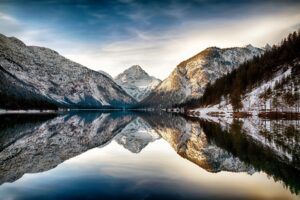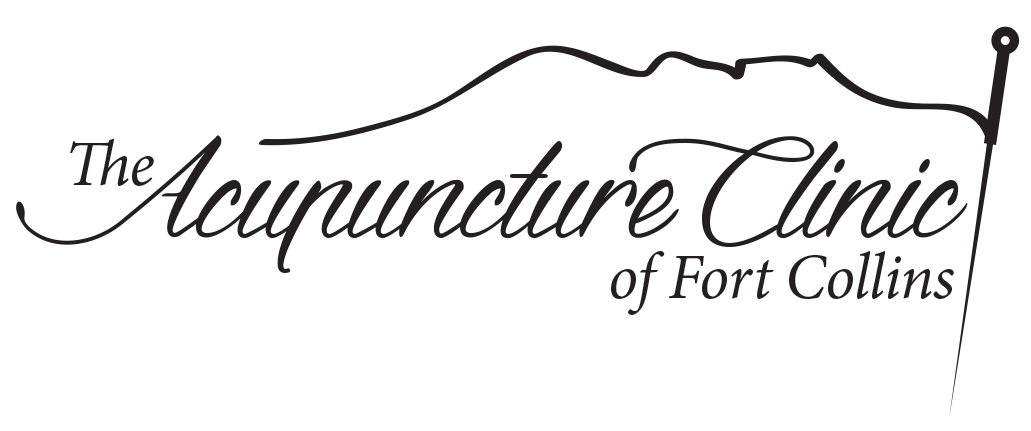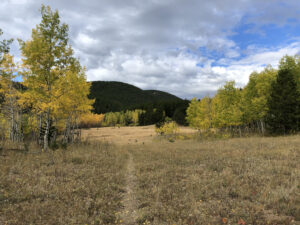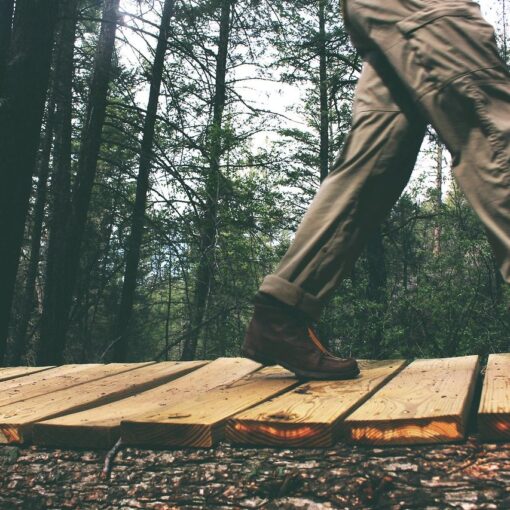
Water element –
The Water element correlates with winter season. Perfect really, because water is the most nourishing and essential of all substances, we literally cannot live without it. This is not a transition season like fall or spring. The Water represents the heart of winters bitter cold. Here in Colorado we really get a good taste of Water element since we have true bitter cold winters.
As with all things in Chinese Medicine, we can look to nature to get a sense of what might be recommended in our own day to day. In our backyard we have a great big apple tree, for example. In the spring it puts all energy into growth. Leaves sprout, blooms open for fertilization and new branches form. In Summer the apple is at its peak for energy output, apples have formed and its abundance is in full display. Fall comes and the harvest is available. For us, for the birds, the bugs, the squirrels, the deer and more. And then we arrive at winter. The apples are long gone, the leaves have lost their vibrant colors and mostly have fallen away. The apple tree puts all of its energy deep down into its roots, from where it started. It hibernates internally, rests from all the new growth and abundant energy. It taps back into its source energy.
In winter, if we emulate the apple tree, we learn to connect with our loved ones, to rest, hibernate and restore our energy.
The Yin organ for Water is the Kidneys and the Yang organ is the Bladder, both very much to do with water as we understand them in western medicine. The emotion of the Water element is Fear and the spirit is called Zhi, meaning willpower. A persons Will to live is fundamental and consider what drives someone towards their purpose or destiny in this lifetime.
Kidney organ –
Kidney is the Yin organ of the Water element. The kidneys are considered the foundation of vitality and play a central role in maintaining overall health. They are believed to store the Jing (vital essence), which governs growth, development, reproduction, and aging. They also play a key role in nourishing the bones, spinal cord, and marrow, as well as supporting the brain and mental clarity. The kidneys are thought to house the Yin (cooling, nourishing energy) and Yang (warming, activating energy) energies, with a harmonious balance between them essential for health. Kidney dysfunction can manifest as fatigue, lower back pain, reproductive issues, and urinary problems, often reflecting an imbalance in Jing, Yin, or Yang.
Bladder organ –
The bladder is the yang organ for the Water Element and is responsible for storing and excreting urine, which helps regulate the body’s fluid balance. It works in tandem with the kidneys, with the kidneys providing the necessary Qi (vital energy) to the bladder to enable proper urination. The bladder is thought to govern the flow of fluids and is involved in the body’s detoxification processes by expelling waste. It also plays a role in maintaining the health of the lower back and pelvic region, as it is linked to the functioning of the kidneys and the lower “dantian” (center of energy). Bladder imbalances in TCM can manifest as urinary issues such as frequent urination, incontinence, or urinary retention, often linked to underlying kidney weakness or Qi stagnation. Additionally, the bladder meridian is considered important for regulating the flow of energy through the body, with blockages leading to physical discomfort or emotional tension.
Meridians –
The Kidney Channel runs the front of the body, starting on the bottom of the feet (literally our roots) and ending just below the collarbone next to the sternum. The Bladder Channel runs along the back body, starting in the eye and going up over the back of the head, ending at the baby toe. Face down treatments can be a lovely way to nourish the body, since the bladder channel actually has a point for every organ along the back. These points almost always correlate with the nerve that enervates those organs in the body, which is especially cool. This style treatment also directly addresses the nervous system at its core, the spine! Assuming there’s no hidden sinus congestion waiting to dump out and make it hard to breath, this is a lovely way to go deep and replenish energy.
Postures —
Chair Pose – Chair Pose (Utkatasana) is a standing yoga posture that strengthens the legs, core, and spine while improving balance and stability – so both Bladder and Kidney, though I think more bladder with this one. To perform the pose, begin in Mountain Pose, then bend your knees as if sitting in an imaginary chair, ensuring your knees stay behind your toes and your thighs are parallel to the floor. Raise your arms overhead, keeping them close to your ears, and engage your core to support your lower back. Hold the pose while breathing deeply, focusing on maintaining steady balance and strong engagement in the legs and core. This posture energizes the body, improves posture, and helps increase endurance.
Sphinx Pose -Sphinx Pose (Salamba Bhujangasana) is a gentle backbend that stretches the spine, chest, and abdomen while strengthening the lower back and glutes. I think of this as more of a kidney meridian stretch. To enter the pose, lie on your stomach with your legs extended and your forearms on the floor, elbows directly under the shoulders, and your palms flat. Press your forearms into the ground as you gently lift your chest, keeping the elbows close to the body and the lower ribs on the floor. Engage your legs, keeping them extended and active, and lengthen through your spine to avoid compression in the lower back. Sphinx Pose promotes flexibility in the spine, opens the chest, and can also help relieve tension in the back and shoulders, offering a mild backbend for beginners or those looking for a restorative stretch.
Boat Pose -Boat Pose (Navasana) is a core-strengthening yoga posture that targets the abdominal muscles, hip flexors, and spine while improving balance and stability. Think: Kidney! To perform the pose, start by sitting on the floor with your knees bent and feet flat, then lean back slightly, lifting your feet off the ground and balancing on your sit bones. Extend your legs straight out, forming a “V” shape with your body, and keep your spine long and your chest lifted. You can keep your arms extended parallel to the floor or hold them behind your knees for support. Engage your core to maintain balance, avoid rounding your back, and breathe steadily. Boat Pose challenges both physical strength and mental focus, offering a powerful workout for the core and improving overall stability.
Supported Forward Fold-Supported Forward Fold (Paschimottanasana with support) is a gentle, restorative yoga pose that stretches the hamstrings, lower back, and spine while calming the nervous system. A wonderful pose for stretching the bladder meridian. To practice, sit on the floor with your legs extended straight in front of you, feet flexed and hip-width apart. Place a cushion, bolster, or blanket under your hips for added support and comfort. As you inhale, lengthen your spine, and as you exhale, hinge at the hips to fold forward, bringing your torso toward your legs. If needed, use props like blocks or a strap to support your hands or reach your feet. Relax your head and neck, letting your body release into the stretch, and breathe deeply, allowing your body to relax and release tension. This modified version of the forward fold encourages deep stretching without straining, making it an ideal pose for relaxation and flexibility.




